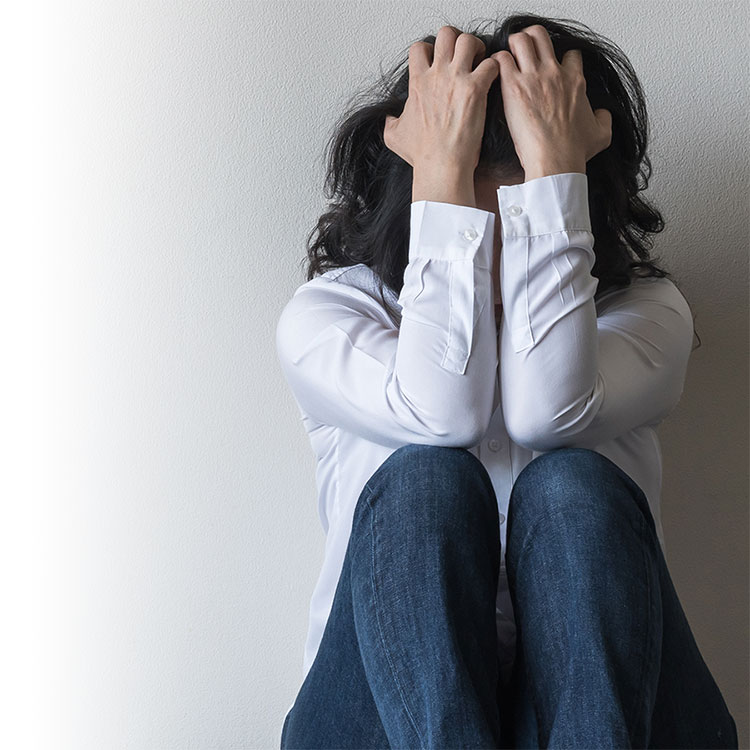It goes without saying that anxiety occurs in certain situations. When it develops into uncontrollable, unpredictable, and repeated terror, it may be a panic disorder.
Panic disorder
You are waiting in line at the cash in the supermarket. Suddenly, you begin to feel intense fear for no apparent reason. Your heart rate accelerates. You have difficulty breathing. Images become fuzzy. You feel the need to escape. This is not the description of a trivial nightmare, but actually the daily reality of a person suffering from panic disorder.
Panic disorder is part of the larger family of anxiety disorders. It is estimated that it affects between 1.5 to 3.5% of the population, with women being twice as likely to suffer from it as men. It generally starts at the end of adolescence or at the beginning of adulthood, but can occur earlier or later than this. The causes are many and not well-known. It is described as a false warning sign sent by the body during a commonplace situation. The panic attacks that result from it generally reach their full intensity in less than 10 minutes.
People affected by the disorder begin to dread certain situations they believe could potentially set off an attack. The feeling of not knowing where or when the next attack will happen causes anxiety associated with anticipation and can lead to significant psychological distress. This constant concern related to repeated attacks must last for at least one month to establish a diagnosis.
The manifestations of panic disorder
Apart from the feeling of intense terror, people who experience panic attacks can experience the following symptoms:
- palpitations
- sweating
- trembling
- choking sensation
- chest or stomach pain
- dizziness
- fear of dying or going crazy
- numbness
- shivering, and
- hot flashes
People who suffer from panic disorder can also have agoraphobia, or the fear of being in public places where it might be difficult to escape or get help during a panic attack. People with this condition could begin avoiding certain activities and the places they once visited.
Treatment of panic disorder
A healthy lifestyle is key in taking control of panic disorder:
- a balance between work, rest, and leisure
- a healthy diet
- low consumption of caffeine and alcohol
- quitting tobacco, and
- regular exercise
Treatments known to be effective include:
- psychotherapy
- medication (e.g. antidepressants or antianxiety drugs)
- breathing techniques, and
- relaxation techniques (e.g. meditation)
For various reasons, people dealing with panic disorder sometimes hesitate to see a doctor or to seek help: lack of awareness of the problem, lack of trust in healthcare professionals, feeling of embarrassment, shyness or shame, etc. Yet, appropriate medical care can really improve the welfare of people dealing with this reality on a daily basis.
If you are prescribed medication to control panic disorder, your pharmacist can inform you about:
- the best way to take your medication
- the benefits that you can get from it
- the possible side effects
- the interactions with other medications, and
- other measures that can optimize your treatment
Your pharmacist is the best-suited professional to help you manage your medication. Don't hesitate to speak to them as often as necessary!

